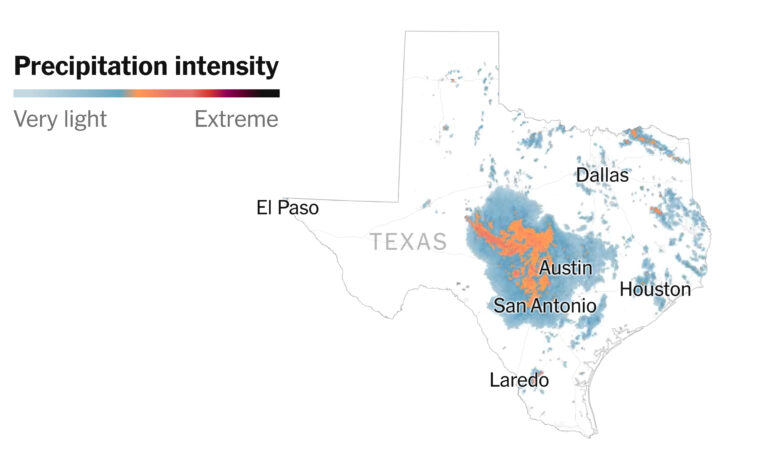
Understanding the Challenges in Thunderstorm Forecasting
Thunderstorm forecasting remains one of the toughest challenges in meteorology. This article delves into the nuanced complexity of predicting these weather phenomena, examining the scientific, technological, and environmental hurdles that meteorologists face. Discover why thunderstorms are so difficult to predict and what advancements are being made to improve accuracy.
The Complexity of Thunderstorm Formation
Thunderstorm formation involves numerous variables like humidity, temperature, and atmospheric pressure. The interaction of these variables creates a highly dynamic system that is difficult to predict. Understanding these elements is crucial for meteorologists aiming to improve forecasting accuracy.
Technological Limitations
Current forecasting technologies like radar and satellites offer limited resolution and real-time data. Advances in computational power and data analysis are critical to providing more accurate and timely forecasts.
The Role of Climate Change
Climate change is altering weather patterns, leading to more frequent and intense thunderstorms. This adds an extra layer of complexity to forecasting models, which must now account for these changes to provide valuable predictions.
Improving Forecasting Accuracy
Progress in machine learning and artificial intelligence is providing new ways to analyze complex datasets, enabling improved predictions. These technologies hold the promise of enhancing forecast reliability and helping communities better prepare for storms.
Conclusion
While forecasting thunderstorms poses significant challenges due to complex meteorological factors and technological limitations, advancements in technology and understanding offer hope. As researchers continue to refine models and integrate innovation, the accuracy of thunderstorm predictions will gradually improve, enhancing preparedness and safety measures.






